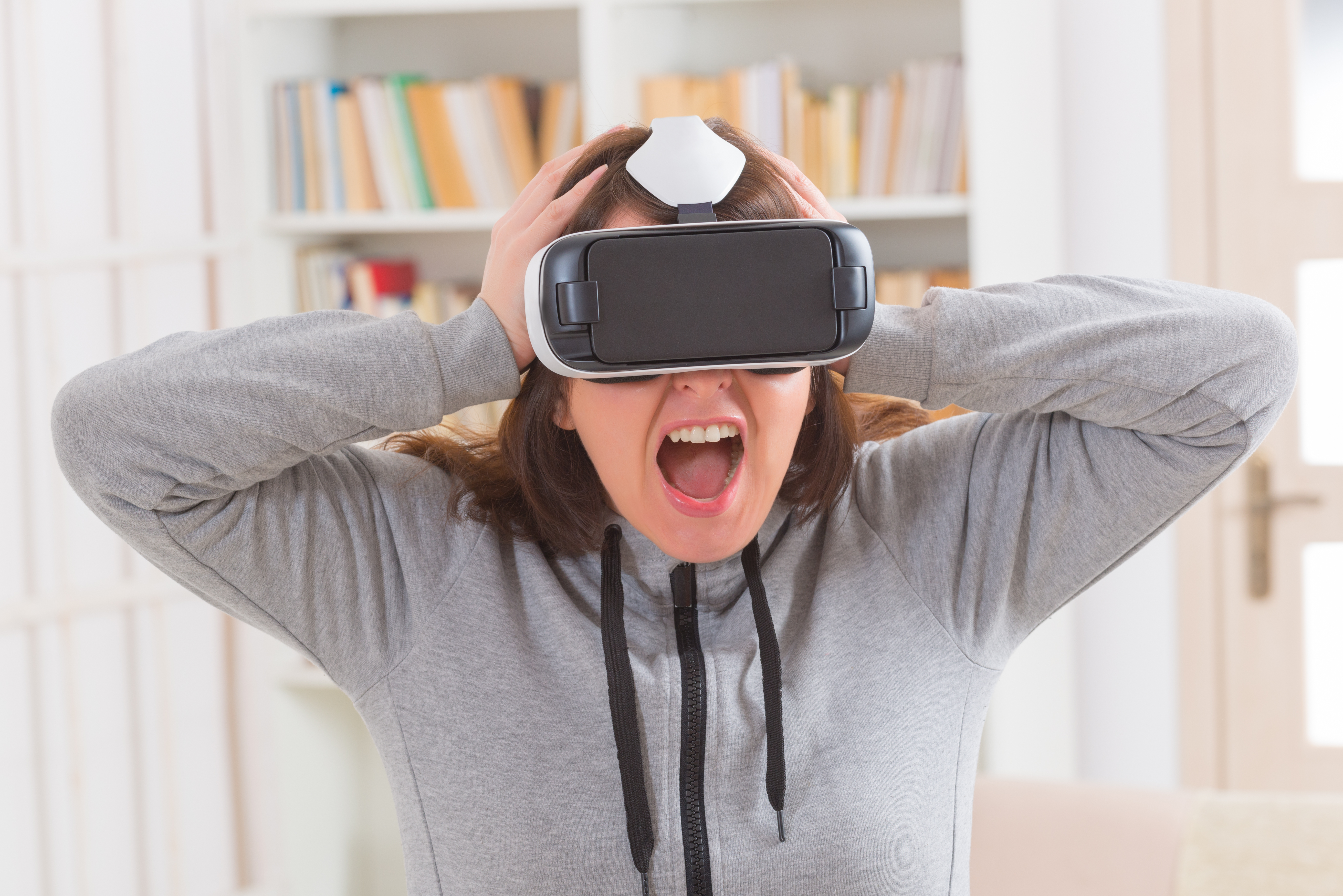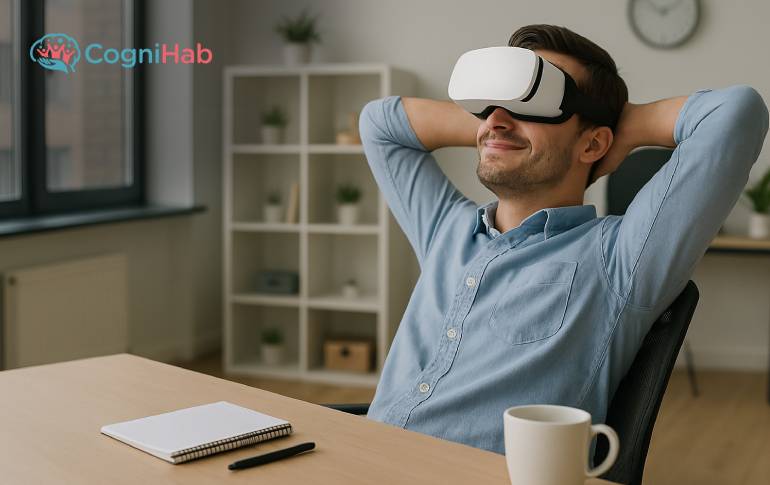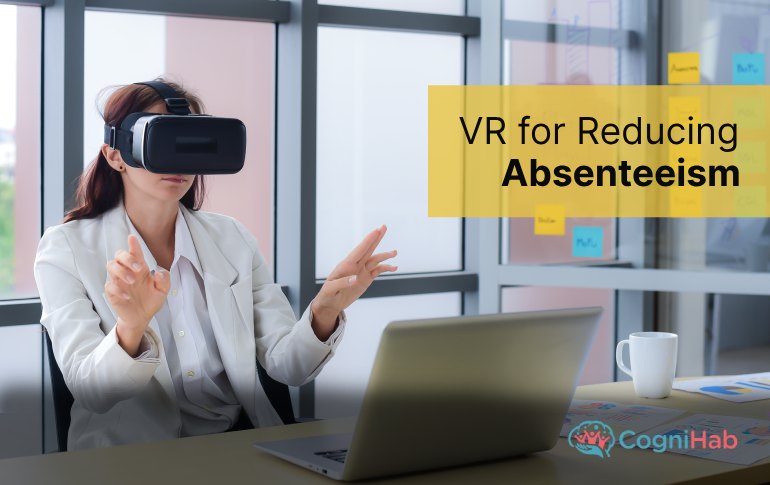Virtual Reality: Can be Effective in Treating Phobia?
Phobia is a very common mental disorder. It is a type of anxiety disorder, that creates strong and irrational fear about anything or situation. These things or situations may possess little or no danger. There is plenty of different and unique type of phobias. The most common phobia is Acrophobia i.e. Fear of height. Some people tend to get anxious with close places, like Lift. This is known as claustrophobia.
People with phobia avoid the place or the situation they are fearful of. In case, they encounter such a situation they may feel:
• Panic attack
• Trembling
• Heart palpation or rapid heartbeat
• Shortness of breath
• Desire to run away from the situation
Almost everyone has one or more than that irrational fear like height, spider or medical check-up. But in some cases, it may go to an extreme. Phobia can be controlled with medicine or therapy or both.
• Report says approx. 9.1% of the total US population is affected by at least one phobia.
• Global Mental health is estimated at $383.31 million in 2020 and speculated to raise $537.97 million by 2030, at a CAGR of 3.5% for the period of 2021-2030.
Virtual Reality for Phobia treatment
Virtual reality is in use for long as cognitive behavioural therapy. This treatment helps the patient to identify the thoughts that are creating a mental disturbance. However, the use of virtual reality in health care increased in recent times.
• In 2017, virtual reality in the healthcare market was evaluated at $769.2 Million, and by 2023 it is expected to reach $4,997.9 Million at a CAGR of 36.6% for this duration.
VR specialized in creating such a real-time simulated environment. These images are the 360-degree surreal one that is close to reality. This allows the person to experience the real environment. This Therapy is known as virtual reality exposure therapy (VRET). VRET shows very positive results with anxiety, phobia and PTSD.
Virtual Reality Exposure Therapy (VRET)
The VRET was designed to decrease paranoia, stress and anxiety. Usually the person is exposed to their fear within a controlled environment.
We can take a simple case of aviophobia or aerophobia, where a person develops a phobia about travelling in an aeroplane or flying high. To overcome this phobia therapist will put up headgear with flying and aeroplane related images to the patient. This will safely replicate that situation and create an environment that simulates the past bitter experience.
How Virtual beneficial
• It exposes the person to real-time situations in a controlled environment. Therefore it possess very low or no risk.
• VR make it easy to expose to the actual cause of the problem without revisiting it.
• To face your phobia or source of anxiety you need not go out and make yourself embarrassed. People with claustrophobia may feel uncomfortable using Elevators. But with VR you need not step out.
• It is more effective and realistic than conventional therapy.
• Visiting actual sites may require more time and energy compared to VR sessions. These sessions consume lesser time.
• Patient repeats the therapy many times as per their convenience.
Conclusion
Studies show that VR therapy has a strong real-life impact and positive results. Virtual reality (VR) is very much effective with adult and children both. This is a boon for people suffering from social anxiety, panic disorder, OCD (Obsessive-compulsive disorder).
Cognihab is working parallel with different psychiatrists and mental clinics for creating VR suits to meet healthcare industry requirements. A few suits designed by Cognihab are Vision therapy suits, rehabilitation suits for autism or cerebral palsy, anxiety reduction suits.







